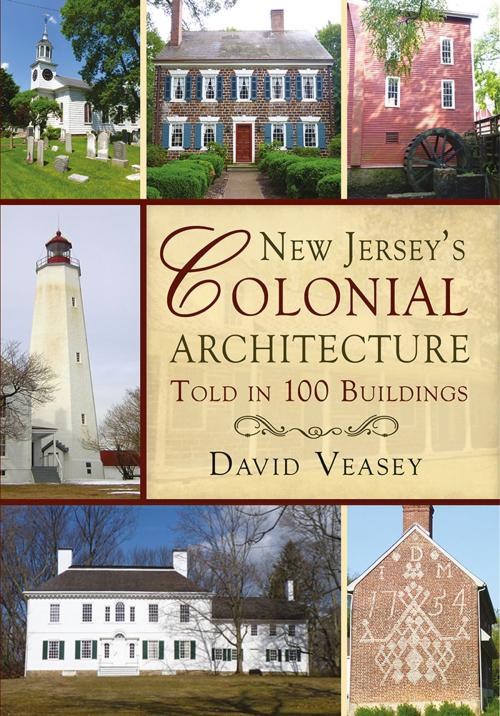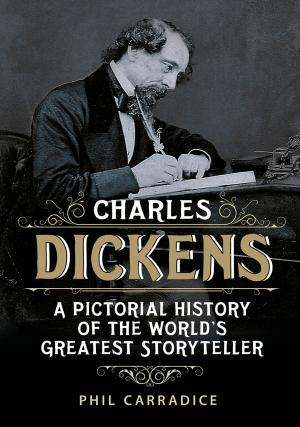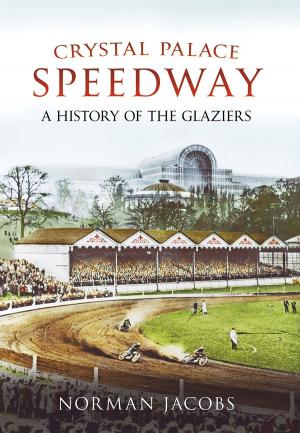New Jersey's Colonial Architecture Told in 100 Buildings
Nonfiction, Travel, Pictorials, History, Americas, United States, Colonial Period (1600-1775), Museums, Tours, & Points of Interest| Author: | David Veasey | ISBN: | 1230001516852 |
| Publisher: | Fonthill Media | Publication: | January 22, 2017 |
| Imprint: | Language: | English |
| Author: | David Veasey |
| ISBN: | 1230001516852 |
| Publisher: | Fonthill Media |
| Publication: | January 22, 2017 |
| Imprint: | |
| Language: | English |
New Jersey's rich architectural heritage is often overshadowed by the built environment of its metropolitan neighbours of Philadelphia and New York City Benjamin Franklin s proverbial barrel tapped at both ends. But New Jersey has more diverse every-day colonial architecture than either New York state or Pennsylvania, drawing on the building traditions of Swedes, Dutch, Scotch, English Quakers, and other Englishmen. The book tells the story of New Jersey s colonial architecture in 100 colour photographs of the best houses, churches, mills, and taverns that were built between 1636 and 1778. The first Dutch houses were built in what is now Jersey City in 1633, and the last colonial -era buildings were erected by 1778. On September 20th, 1777, at the Indian King Tavern, Haddonfield, New Jersey s General Assembly resolved thereafter the word state should be substituted for colony, in all public writs and commissions thus ending the colonial era. There are hundreds of buildings that survive from that era, including taverns that still operate as restaurants, former mansions that are now historic sites, Presbyterian, Quaker, and Episcopal churches, and grist mills, as well as houses, ranging from one-room stone buildings to more elaborate vernacular architecture.
New Jersey's rich architectural heritage is often overshadowed by the built environment of its metropolitan neighbours of Philadelphia and New York City Benjamin Franklin s proverbial barrel tapped at both ends. But New Jersey has more diverse every-day colonial architecture than either New York state or Pennsylvania, drawing on the building traditions of Swedes, Dutch, Scotch, English Quakers, and other Englishmen. The book tells the story of New Jersey s colonial architecture in 100 colour photographs of the best houses, churches, mills, and taverns that were built between 1636 and 1778. The first Dutch houses were built in what is now Jersey City in 1633, and the last colonial -era buildings were erected by 1778. On September 20th, 1777, at the Indian King Tavern, Haddonfield, New Jersey s General Assembly resolved thereafter the word state should be substituted for colony, in all public writs and commissions thus ending the colonial era. There are hundreds of buildings that survive from that era, including taverns that still operate as restaurants, former mansions that are now historic sites, Presbyterian, Quaker, and Episcopal churches, and grist mills, as well as houses, ranging from one-room stone buildings to more elaborate vernacular architecture.















